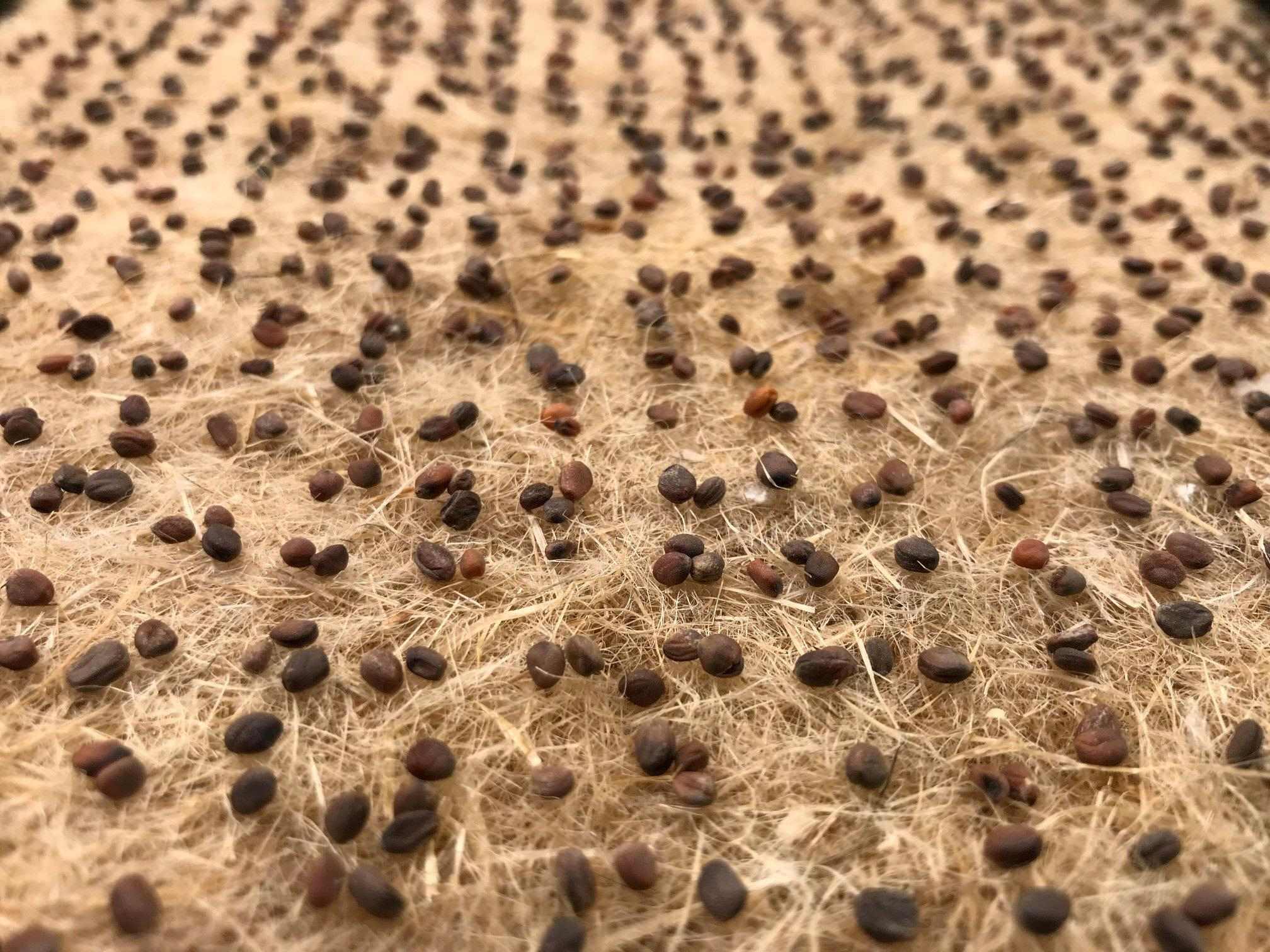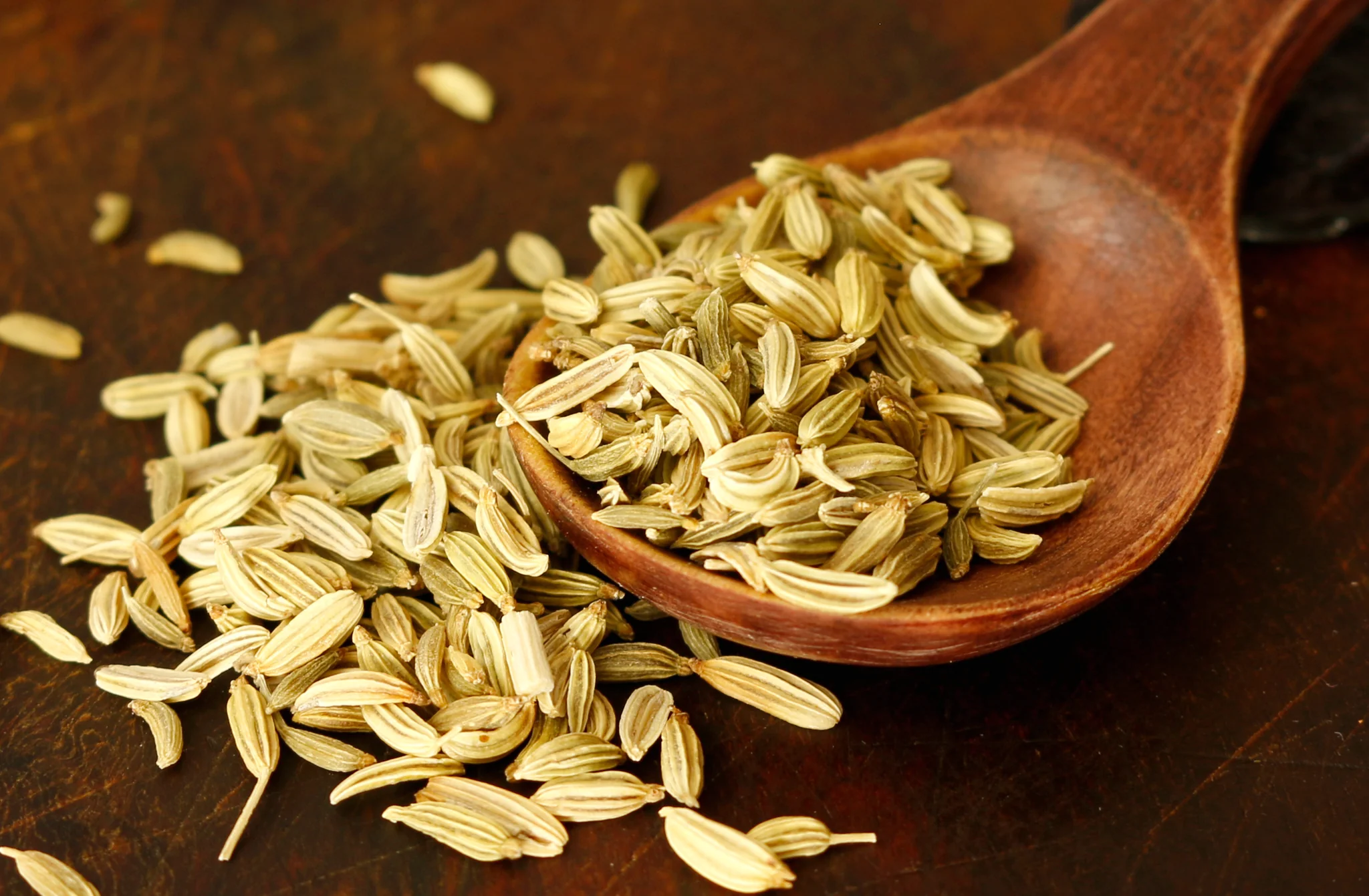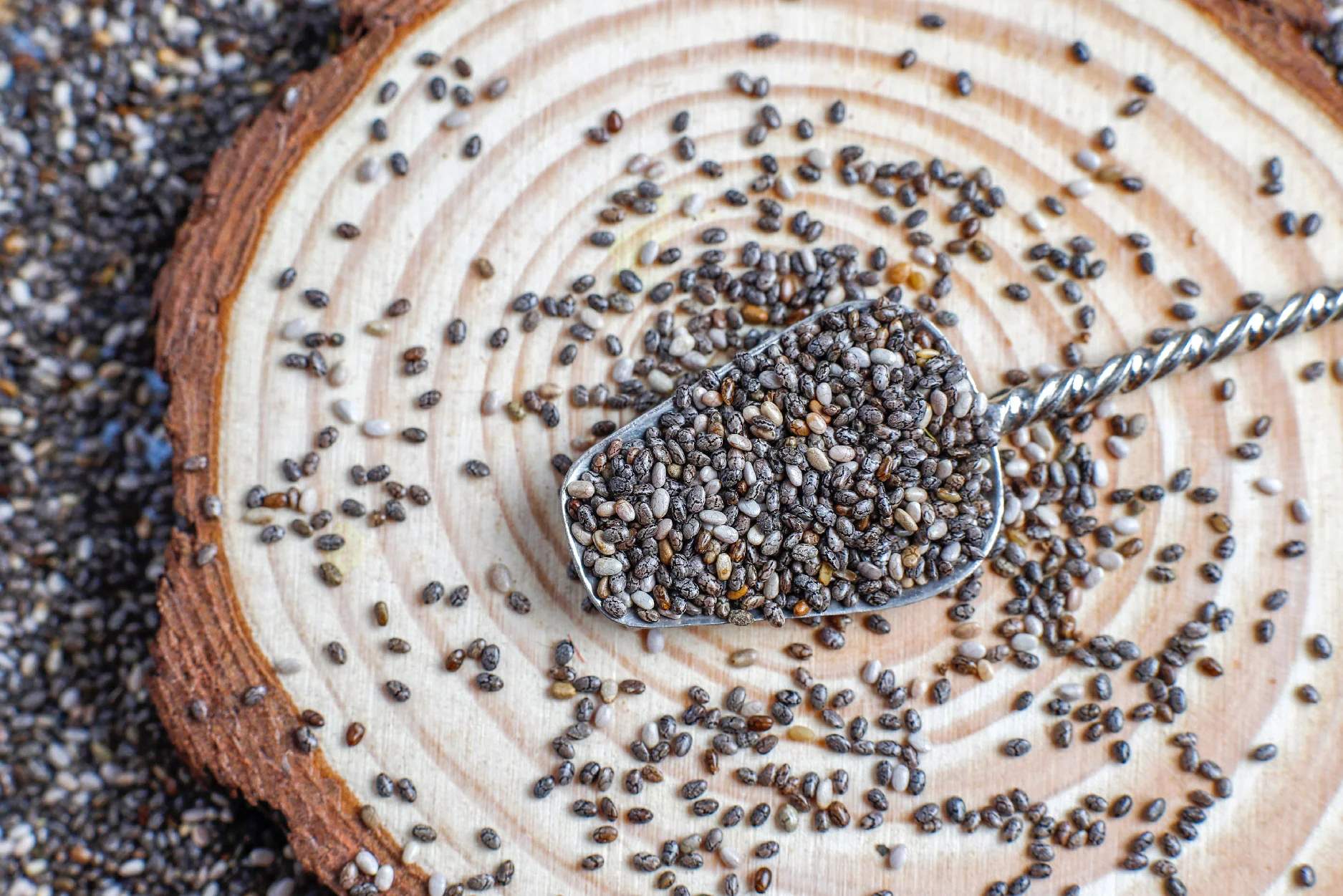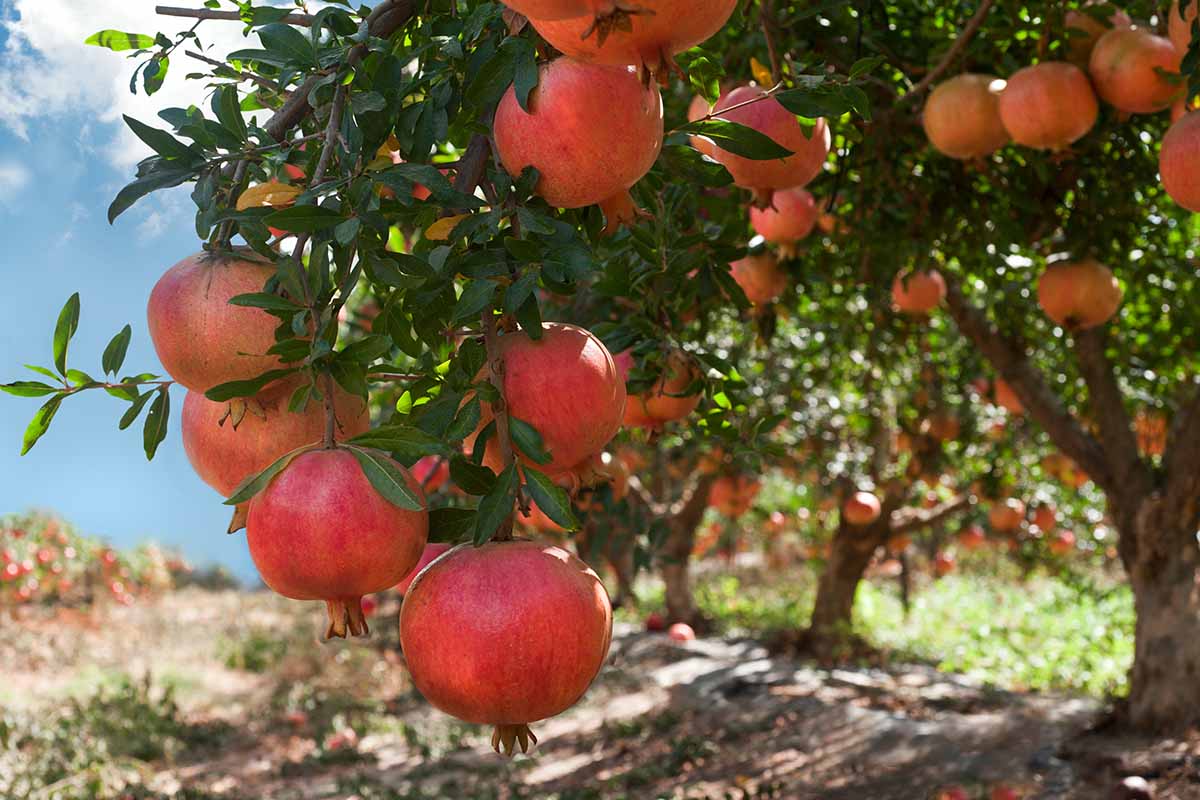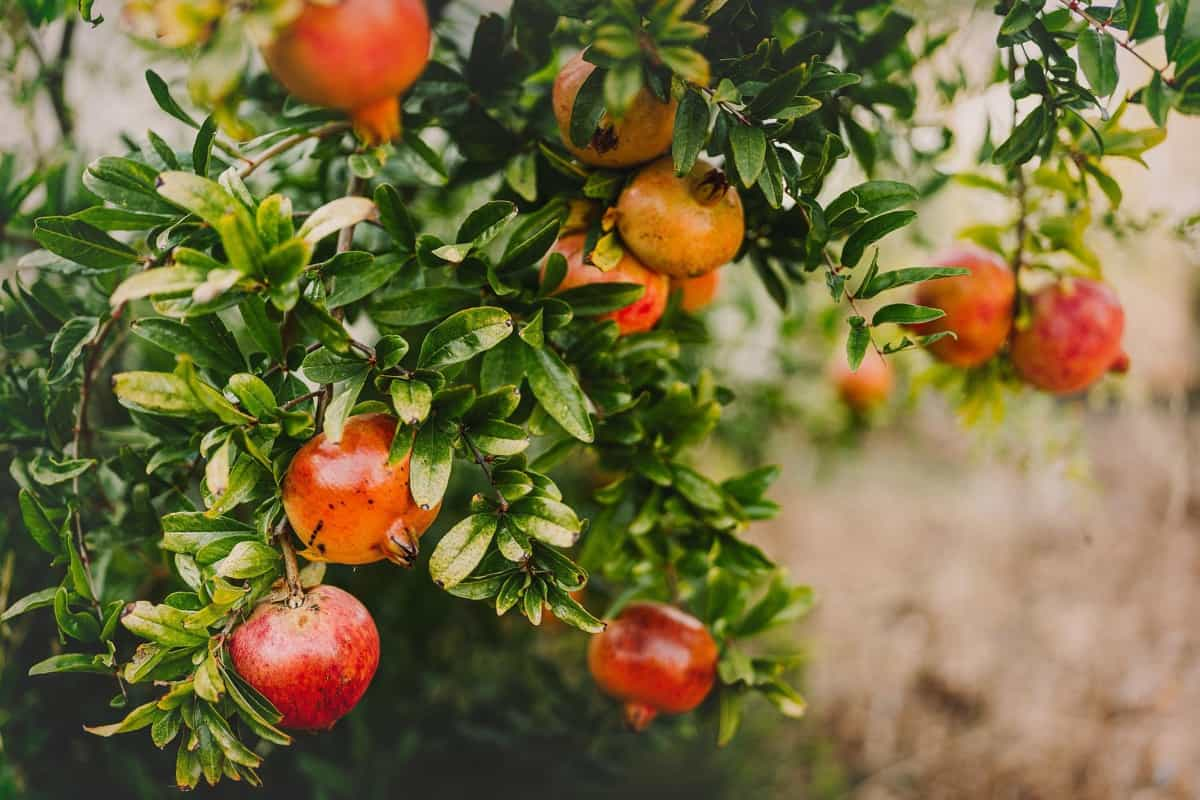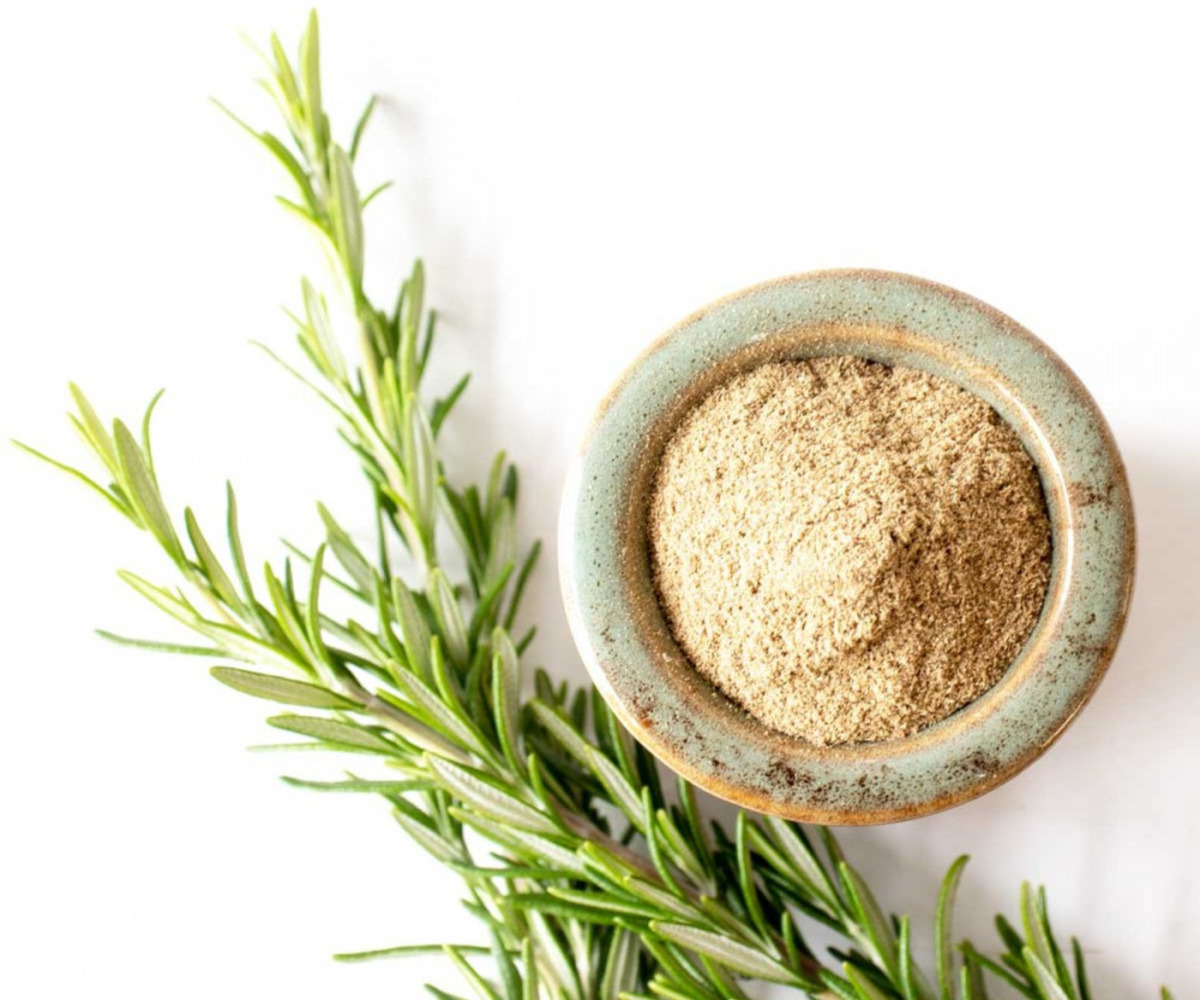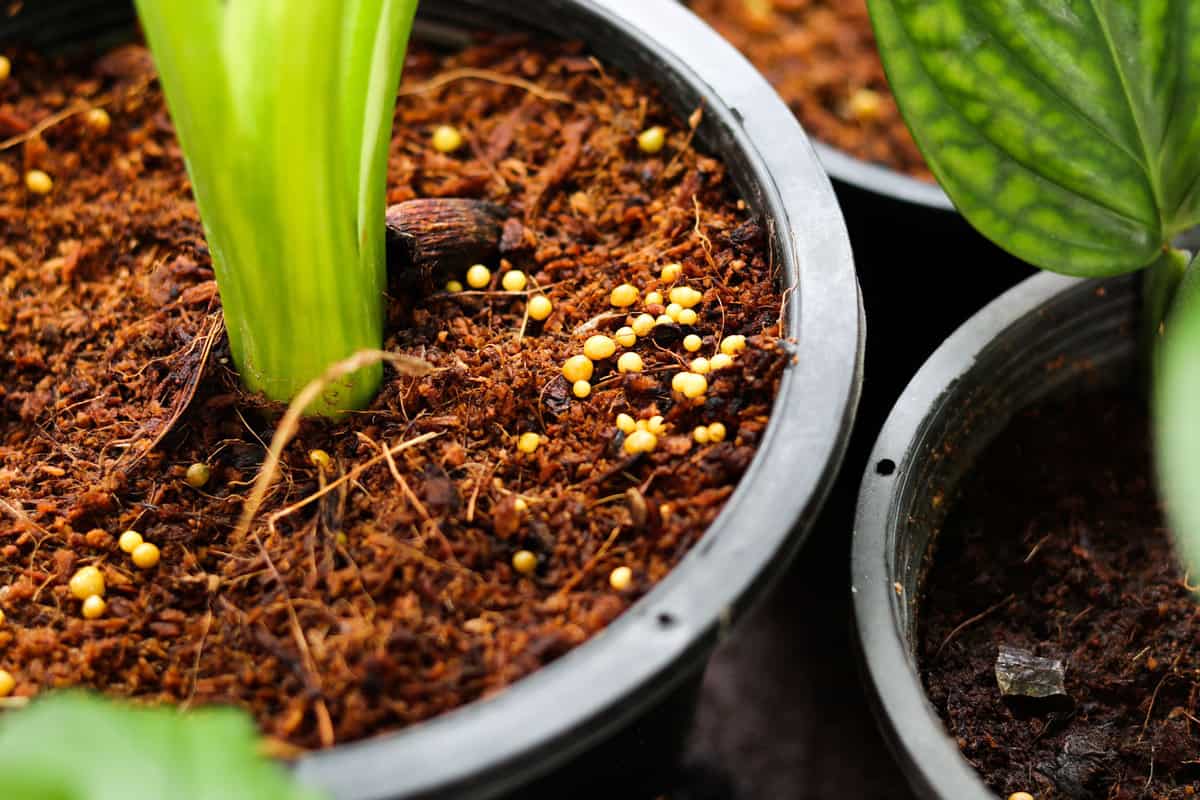Home>Types of Gardening>Edible Gardening>How To Use Pomegranate Seeds


Edible Gardening
How To Use Pomegranate Seeds
Modified: January 22, 2024
Discover the best tips and techniques for using pomegranate seeds in your edible gardening journey. Unleash the potential of these nutritious and versatile fruits.
(Many of the links in this article redirect to a specific reviewed product. Your purchase of these products through affiliate links helps to generate commission for Chicagolandgardening.com, at no extra cost. Learn more)
Table of Contents
Introduction
Edible gardening is not only a rewarding and sustainable hobby but also a great way to add fresh and nutritious produce to your plate. One of the most versatile and delicious fruits to grow in your garden is the pomegranate. Pomegranates are known for their vibrant ruby-red arils, also known as seeds, which are not only visually appealing but also packed with numerous health benefits.
In this article, we will delve into the wonderful world of pomegranate seeds and explore how you can make the most out of this delightful fruit. We will discover the health benefits of consuming pomegranate seeds, learn how to select and prepare them, discover their various culinary uses, and even explore some mouthwatering recipes. So, whether you are a seasoned gardener or a beginner, get ready to unlock the secrets of using pomegranate seeds in your everyday cooking.
With their distinctive tart-sweet flavor and juicy burst, pomegranate seeds are not only a delightful addition to both sweet and savory dishes but are also a powerhouse of antioxidants and essential nutrients. From boosting heart health to enhancing digestion and promoting radiant skin, the health benefits of pomegranate seeds are numerous, making them a must-have in your edible garden.
So, if you’re ready to spice up your meals and elevate your culinary game, let’s dive right in and explore the incredible world of pomegranate seeds!
Health Benefits of Pomegranate Seeds
Pomegranate seeds are not only delicious but also packed with a wide array of health benefits. Let’s take a closer look at some of the reasons why incorporating these vibrant ruby-red arils into your diet can be a game-changer for your health:
- Rich in Antioxidants: Pomegranate seeds are loaded with antioxidants, including polyphenols and flavonoids, which help protect your body against oxidative stress and inflammation. These powerful compounds can help reduce the risk of chronic diseases such as heart disease, cancer, and diabetes.
- Support Heart Health: The antioxidants found in pomegranate seeds have been shown to have a positive effect on heart health. They can help lower blood pressure, reduce cholesterol levels, and improve overall cardiovascular function. Consuming pomegranate seeds regularly can contribute to a healthier heart.
- Boost Immune System: Pomegranate seeds are packed with immune-boosting vitamins like vitamin C and vitamin E. These nutrients strengthen the immune system, helping your body fight off infections and diseases. Including pomegranate seeds in your diet can give your immune system a natural and delicious boost.
- Improve Digestion: The high fiber content in pomegranate seeds can help promote healthy digestion. Fiber aids in proper digestion, prevents constipation, and supports a healthy gut microbiome. Adding pomegranate seeds to your diet can help keep your digestive system running smoothly.
- Beneficial for Skin Health: The antioxidants in pomegranate seeds can also benefit your skin. They help protect against sun damage, reduce signs of aging, and promote a healthy glow. You can even apply pomegranate seed oil topically for added skincare benefits.
These are just a few of the many health benefits that pomegranate seeds offer. By incorporating these nutrient-rich gems into your daily diet, you can nourish your body from the inside out and enjoy improved overall health and well-being.
Selecting and Preparing Pomegranate Seeds
When it comes to selecting and preparing pomegranate seeds, there are a few important steps to follow to ensure that you extract and enjoy the juicy arils to their fullest:
1. Choosing the Perfect Pomegranate: Look for pomegranates that are firm, plump, and heavy for their size. Avoid any fruits with cuts, bruises, or blemishes, as these may indicate spoilage. The color of the outer skin can range from yellowish-green to deep red, depending on the variety, so choose the shade that appeals to you.
2. Prepping the Pomegranate: Start by washing the outer skin of the pomegranate under cool running water to remove any dirt or debris. Then, gently pat it dry with a clean paper towel.
3. Score and Break Open: Next, take a sharp knife and make a shallow cut around the circumference of the pomegranate, being careful not to cut too deep. Once you have made the initial score, use your hands to gently break the pomegranate apart into two halves.
4. Remove the Arils: To extract the seeds or arils, hold one half of the pomegranate over a bowl, cut side facing down. Take a wooden spoon or the back of a spoon and firmly tap the outer skin of the pomegranate. This will cause the arils to loosen and fall into the bowl. Repeat the process with the other half.
5. Clean the Seeds: Once you have extracted all the seeds, pick out any white pith or membrane that may have fallen into the bowl. It’s also a good idea to give the seeds a quick rinse under cool water to ensure they are clean and free of any residual debris.
6. Storing Pomegranate Seeds: Pomegranate seeds can be stored in an airtight container in the refrigerator for up to a week. If you want to freeze them for longer shelf life, spread the seeds in a single layer on a baking sheet and freeze until firm. Transfer the frozen seeds to a freezer-safe container or bag and return them to the freezer.
Now that you know how to select and prepare pomegranate seeds, you can easily add these flavorful and nutritious arils to your favorite dishes or enjoy them on their own as a healthy snack. The possibilities are endless!
Culinary Uses of Pomegranate Seeds
Pomegranate seeds offer a burst of juicy sweetness and a delightful pop of color to any dish. Here are some creative and delicious ways to incorporate these versatile seeds into your culinary creations:
- Sprinkle Them on Salads: Pomegranate seeds can add a refreshing and tangy element to your salads. Toss them on top of greens, mixed with other fruits, nuts, and your favorite dressing for a vibrant and nutritious salad.
- Add Them to Yogurt and Smoothie Bowls: Elevate your morning yogurt or smoothie bowls by sprinkling them with pomegranate seeds. The subtle tartness of the seeds pairs perfectly with creamy yogurt or blended smoothies.
- Incorporate Them in Salsas and Relishes: Create a flavorful salsa or relish by combining pomegranate seeds with diced tomatoes, onions, cilantro, lime juice, and a pinch of salt. Serve it alongside grilled meats, fish, or as a topping for tacos or nachos.
- Add Them to Grain Bowls: Enhance the texture and taste of your grain bowls by mixing in some pomegranate seeds. They work well with quinoa, brown rice, farro, or couscous, adding a burst of freshness and sweetness.
- Create a Pomegranate Coulis or Sauce: Blend pomegranate seeds with a touch of sweetener and a squeeze of lemon or lime juice to make a vibrant and tangy coulis or sauce. Drizzle it over desserts like cheesecake, ice cream, or pancakes.
- Garnish Savory Dishes: Sprinkle pomegranate seeds on top of roasted vegetables, grilled meats, or sautéed dishes to add a pop of color, texture, and flavor. They lend a delightful balance to savory dishes.
- Infuse Water or Beverages: Drop some pomegranate seeds into a pitcher of water, lemonade, or iced tea for a refreshing and visually appealing drink. The seeds will add a subtle fruity taste without overpowering the beverage.
The versatility of pomegranate seeds allows you to get creative in the kitchen and experiment with various flavor combinations. So, unleash your culinary imagination and enjoy the burst of flavor that pomegranate seeds bring to your favorite dishes!
Pomegranate Seed Recipes
Pomegranate seeds are not only delicious on their own but can also elevate the flavor and presentation of many dishes. Here are a few tantalizing pomegranate seed recipes to inspire your culinary adventures:
- Pomegranate and Feta Salad: Combine fresh spinach or mixed greens with crumbled feta cheese, toasted walnuts, and pomegranate seeds. Toss with a simple vinaigrette dressing for a refreshing and flavorful salad.
- Pomegranate Guacamole: Mash ripe avocados with lime juice, minced garlic, diced tomatoes, chopped cilantro, and pomegranate seeds for a unique twist on traditional guacamole. Serve with tortilla chips or as a spread for sandwiches and wraps.
- Pomegranate Chicken: Marinate chicken breasts in a mixture of pomegranate juice, minced garlic, and herbs. Grill or bake until cooked through, and then top with a sprinkle of pomegranate seeds for a colorful and juicy twist on a classic chicken dish.
- Pomegranate Bark: Melt dark chocolate and spread it on a baking sheet lined with parchment paper. Sprinkle pomegranate seeds, chopped nuts, and a pinch of sea salt on top. Let it cool and harden, then break into pieces for a decadent and visually stunning treat.
- Pomegranate and Goat Cheese Crostini: Toast slices of baguette, spread with creamy goat cheese, and top with a spoonful of pomegranate seeds. Drizzle with honey and a sprinkle of fresh herbs for an elegant appetizer.
- Pomegranate Quinoa Pilaf: Cook quinoa according to package instructions and toss it with sautéed onions, dried cranberries, toasted almonds, and pomegranate seeds. Season with herbs and serve as a flavorful side dish or light main course.
- Pomegranate Smoothie: Blend pomegranate seeds with Greek yogurt, frozen berries, a splash of almond milk, and a drizzle of honey for a refreshing and antioxidant-packed smoothie. Customize with your favorite add-ins like spinach, chia seeds, or protein powder.
These are just a few examples of the many ways you can incorporate pomegranate seeds into your culinary creations. Feel free to experiment and adapt these recipes to suit your taste preferences and dietary needs. Let the burst of flavor from pomegranate seeds inspire you in the kitchen!
Tips and Tricks for Using Pomegranate Seeds
Working with pomegranate seeds may seem intimidating at first, but with a few handy tips and tricks, you’ll be a pro in no time. Here are some helpful suggestions to make the most of your pomegranate seed experience:
- Efficient Seed Removal: To quickly and efficiently remove pomegranate seeds, try submerging the scored halves of the fruit in a large bowl of water. Use your hands to gently separate the seeds from the pith while underwater. The seeds will sink to the bottom, and any remaining pith will float to the top, making it easier to remove.
- Avoid Staining: Pomegranate juice can leave stubborn stains. To prevent staining, wear an apron or old clothes when working with pomegranates. Additionally, cutting the fruit underwater can help contain any splatters and minimize staining on your countertops.
- Create Juice: If you prefer pomegranate juice over the seeds, simply blend the seeds in a blender or food processor and strain the mixture through a fine-mesh sieve or cheesecloth. You’ll be left with delicious, fresh pomegranate juice.
- Freeze Extra Seeds: If you find yourself with an abundance of pomegranate seeds, freeze them for future use. Spread the seeds in a single layer on a baking sheet and freeze until firm. Transfer the frozen seeds to a freezer-safe container or bag and label them with the date. They can be stored in the freezer for up to six months.
- Pairing Combinations: Pomegranate seeds pair well with a variety of flavors. Consider combining them with ingredients like citrus fruits, nuts, fresh herbs (such as mint or basil), cheese (such as goat cheese or feta), or dark chocolate for a delightful combination of flavors and textures.
- Use as a Garnish: Pomegranate seeds make a beautiful and edible garnish. Sprinkle them over desserts, cocktails, or even savory dishes to add a pop of color and a burst of flavor.
- Experiment with Recipes: Don’t be afraid to get creative! Experiment with your favorite recipes by incorporating pomegranate seeds. From salads and main courses to cocktails and desserts, there is no limit to the ways you can enjoy these versatile seeds.
With these tips and tricks in mind, you’ll be able to handle pomegranate seeds with ease and confidence. So go ahead, explore the possibilities and let your culinary imagination soar!
Conclusion
Pomegranate seeds are not only visually stunning but also offer a plethora of health benefits and culinary possibilities. Incorporating these vibrant ruby-red arils into your edible gardening journey and everyday cooking can elevate your dishes to a whole new level. From their antioxidant properties to their ability to enhance heart health, boost the immune system, improve digestion, and promote radiant skin, pomegranate seeds are a true superfood.
When selecting and preparing pomegranate seeds, remember to choose ripe and firm fruits, handle them with care, and use various techniques like scoring and tapping to extract the arils efficiently. Once you have your pomegranate seeds ready, you can sprinkle them on salads, add them to yogurt and smoothie bowls, incorporate them into salsas and relishes, or create delicious recipes like pomegranate chicken or quinoa pilaf.
Don’t forget to utilize handy tips and tricks when working with pomegranate seeds, such as the water method for seed removal, preventing staining, and freezing extra seeds for future use. And feel free to experiment with different flavor combinations and use pomegranate seeds as a beautiful garnish to add a burst of flavor and visual appeal to your dishes.
So, whether you’re a seasoned chef or a novice in the kitchen, embracing the world of pomegranate seeds will open up endless creative possibilities and nourish your body with their incredible health benefits. So, start adding these delightful arils to your edible gardening plans and culinary endeavors, and enjoy the vibrant and delicious world of pomegranate seeds!
